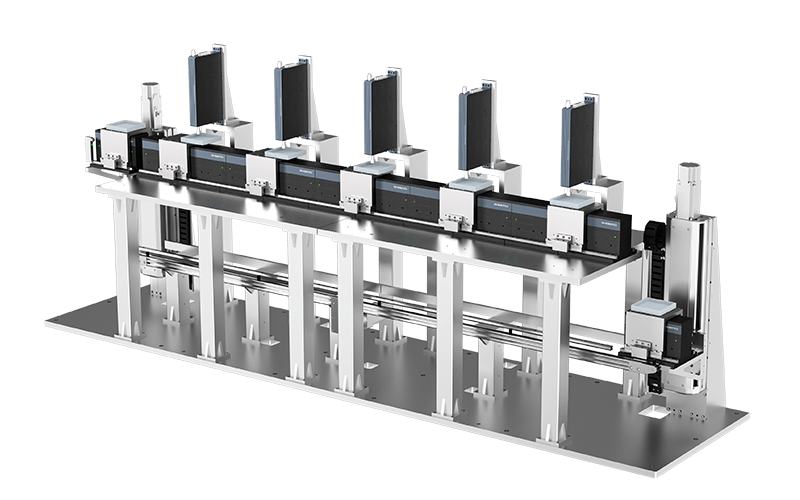In an increasingly automated world, the demand for reliable actuation solutions has surged. Ever wondered, why do failures often derail projects aimed at precision and efficiency? Linear coil actuators have emerged as a pivotal component in various technologies, striving to address these concerns. A linear coil actuator acts as the muscle, converting electrical energy into linear motion—ensuring functionality where it’s most needed.

Understanding Traditional Solution Flaws
Historically, actuation systems relied heavily on pneumatic and hydraulic solutions. While these are robust, they come with inherent drawbacks—frequent maintenance, bulky setups, and sometimes inconsistent performance. In demanding applications like robotics or medical devices, such limitations can be detrimental. Look, it’s simpler than you think; imagine trying to fit a square peg in a round hole, especially when precision is non-negotiable.

Principles of New Technology
Enter linear coil actuators, which operate on a different principle. These devices utilize electromagnetic forces to generate motion, providing more compact and efficient solutions. The simplicity of their design—often having fewer moving parts—reduces the potential for failure. With advancements like feedback control loops and microcontrollers, their performance has improved dramatically, making them well-suited for various applications from robotics to medical devices. The integration of these principles essentially reshapes how actuation is viewed in modern engineering.
Quantified User Benefits
Users of linear coil actuators experience quantified benefits that are hard to ignore. Systems employing linear coil actuators often report up to a 30% increase in efficiency and a significant reduction in maintenance costs. Metrics such as precision and response time also see improvements—some applications even note up to a 50% decrease in latency. When choosing a solution, always verify these three metrics: ① Efficiency ② Reliability ③ Response time. Such insights help make informed decisions in technology deployments.
Diving Into Linear Actuator Voice Coil Technology
A deep dive into linear actuator voice coil technology reveals fascinating possibilities. This component precisely controls linear motion in various applications, making it a preferred choice for creators seeking utmost precision. Why struggle with less reliable options when a simple switch to linear actuator voice coil can lead to improved outcomes? Users report enhanced accuracy and reduced energy consumption, making these solutions an attractive investment for both small and large projects. Industries from robotics to aerospace are beginning to embrace this innovative technology, ensuring they stay ahead in competitive landscapes.
Exploring Miniature Voice Coil Linear Actuators
If space is a constraint in your project’s design, look no further than miniature voice coil linear actuators. These compact devices offer incredible performance without taking up much room—a crucial factor for neurotechnology and portable gadgets. The benefits are extensive; the miniature voice coil linear actuator allows for precise control in tiny systems, opening doors for creativity and innovation. Users can achieve high-speed operation with minimal inertia, ultimately enhancing overall system efficiency. This flexibility in application is a game changer for designers and engineers alike, allowing them to experiment freely within tight constraints.
Conclusion: The Preferred Brand for Linear Coil Actuators
In conclusion, while the landscape of actuation continues to evolve, brands like DH-Robotics set themselves apart with unparalleled supply advantages and product quality. They provide not just components but reliable solutions tailored to meet the demands of modern technology. Always consider the versatility, efficiency, and precision offered by linear coil actuators when evaluating your options in today’s fast-paced technological world.

